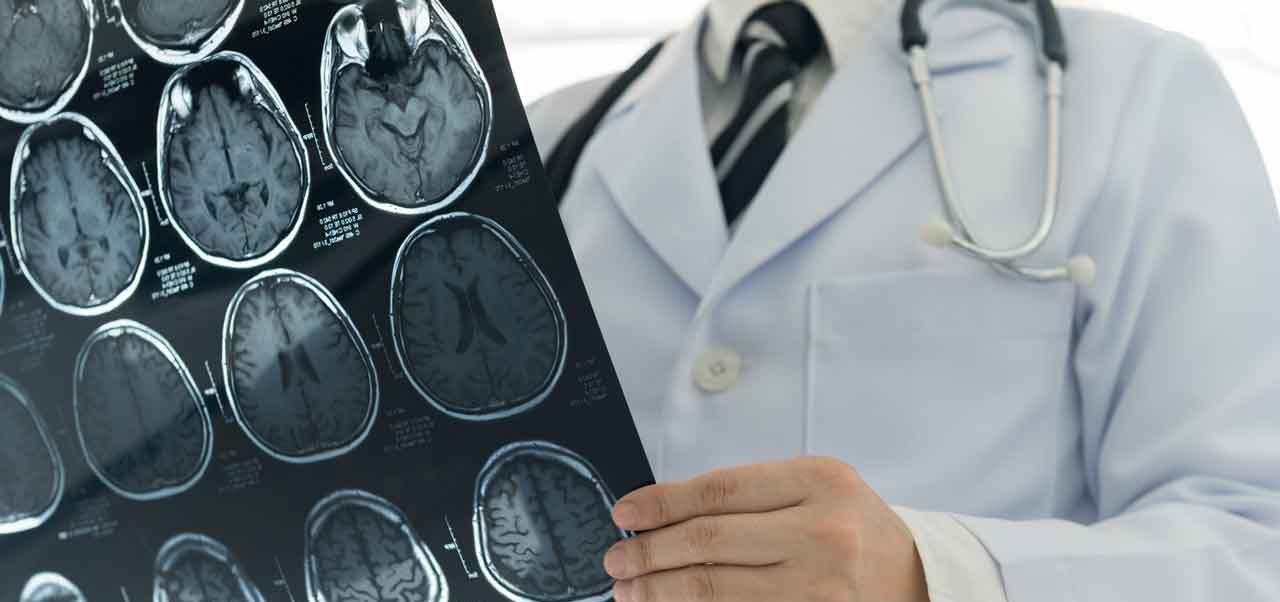Stroke Symptoms in Women

Women and men often experience similar symptoms during a stroke. But stroke symptoms in women can be very different than men’s, and that can delay treatment.
Every year, about 800,000 Americans have a stroke, around 140,000 of them dying. If stroke symptoms are recognized quickly and a person having a stroke can get immediate medical help, the odds greatly improve for survival and for sustaining less disability, the Centers for Disease Control and Prevention (CDC) points out.
But you must know what stroke symptoms look like to be aware if you, or someone around you, appears to be experiencing a stroke.
When it comes to women, that’s not always easy.
Researchers have learned you can’t assume the most common stroke symptoms are all you need to know about to identify a possible stroke. It turns out stroke symptoms in women can differ from those in men. This fact could help explain why women face a higher risk of death from stroke than men — because, if stroke symptoms aren’t recognized quickly, critical life-saving treatment can begin too late.
YOU MIGHT ALSO LIKE: Risk Factors for Stroke
Types of strokes
Women have a lot of reasons to be concerned about stroke. One in five women in the U.S. will have a stroke in her lifetime, and almost 60 percent of stroke deaths occur in women. In all, stroke takes twice as many American women’s lives each year than breast cancer, according to the CDC.
A stroke, also known as a brain attack, is most often the ischemic type — the result of a blood clot or a clump of fatty plaque in an artery that blocks the blood supply to part of the brain. A less common hemorrhagic stroke occurs when a blood vessel in the brain bleeds or bursts.
Both types of stroke are serious, life-threatening medical conditions requiring emergency care. Strokes damage brain cells and, without prompt treatment, can cause lasting brain damage, disability, and even death, the CDC explains.
By learning the common stroke symptoms in both men and women — and the often unique stroke symptoms in women — you can move quickly to call 9-1-1 if you, or anyone you observe, develops the tell-tale signs of a brain attack.
Stroke symptoms in women and men
These symptoms, which occur suddenly, are the most common signs of a stroke in both men and women, according to the American Heart Association Association:
- Weakness or numbness of the face, arm, or leg — especially on one side of the body
- Difficulty seeing in one or both eyes
- Dizziness, loss of balance, or trouble walking
- Confusion understanding speech or difficulty talking
- A sudden, severe headache (often described as “the worst headache ever”)
Unique stroke symptoms in women
Unfortunately, women experiencing a stroke may not get help quickly because unique-to-women stroke symptoms are frequently unrecognized.
For example, a survey of 1,000 women by researchers at Ohio State University’s Wexner Medical Center found only 10 percent of the women were aware a bout of hiccups, combined with atypical chest pain, is among the early warning signs of a stroke in women when associated with or followed by the more typical stroke symptoms.
Other specific stroke symptoms in women include:
- Loss of consciousness or fainting
- Sudden changes in behavior, including agitation or disorientation
- Feeling weak all over
- Difficulty breathing or shortness of breath
- Hallucination
- Nausea or vomiting
- Seizures
Stroke risks in women
Women also have different stroke risks compared to men. The Ohio State University study, however, found only 11 percent of women knew having migraine headaches, lupus, being pregnant, and taking birth control pills or hormone replacement therapy increases their stroke risk.
The good news is most strokes can be prevented by lowering the controllable risks, including treating high blood pressure, not smoking, and keeping weight in a healthy range.
Recognizing both common stroke symptoms as well as the unique stroke symptoms in women — and getting immediate emergency help if a stroke is suspected — can save lives and avoid permanent damage.
Updated:
March 27, 2023
Reviewed By:
Janet O’Dell, RN